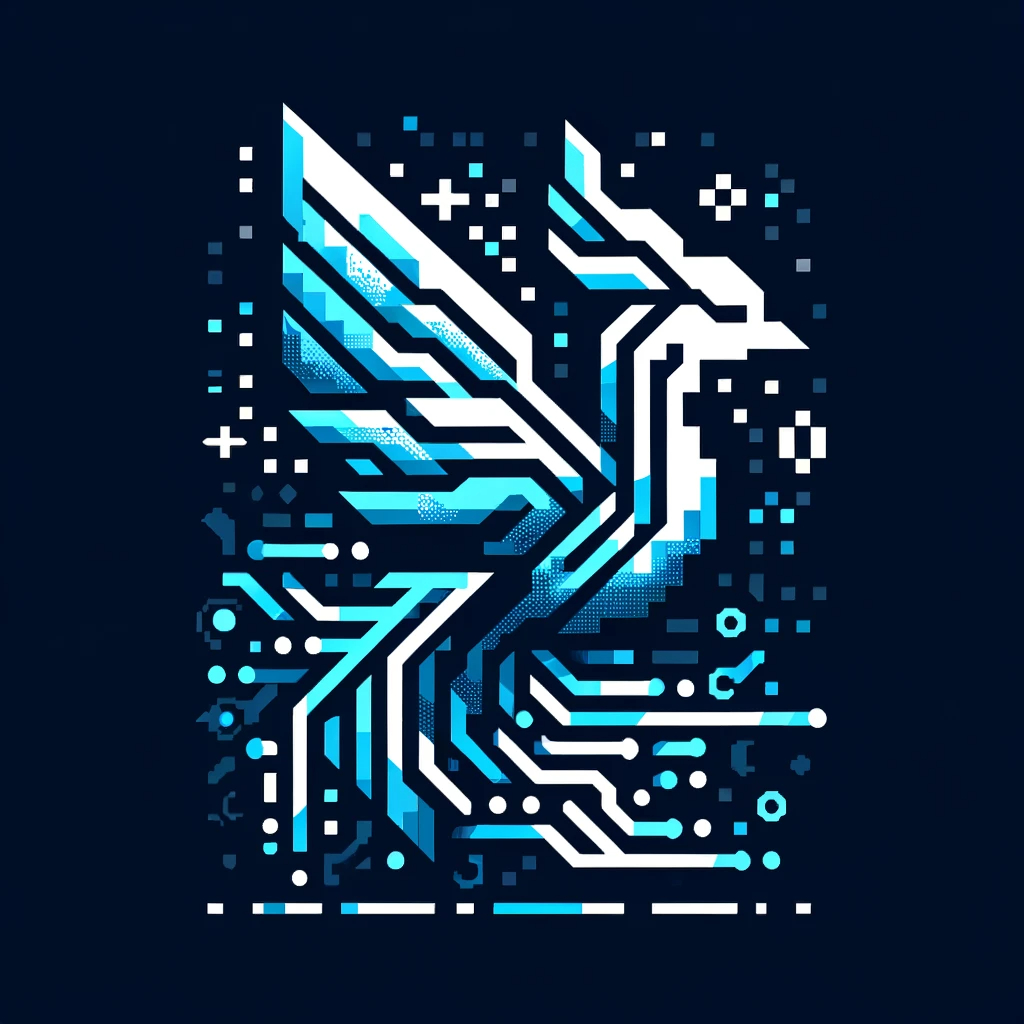Untitled Story
HackerNoon Writer
 byCrypto Sovereignty Through Technology, Math & Luck@cryptosovereignty
byCrypto Sovereignty Through Technology, Math & Luck@cryptosovereigntyWe believe everyone should have ultimate control and ownership over their cryptographic assets and digital transactions.

We believe everyone should have ultimate control and ownership over their cryptographic assets and digital transactions.